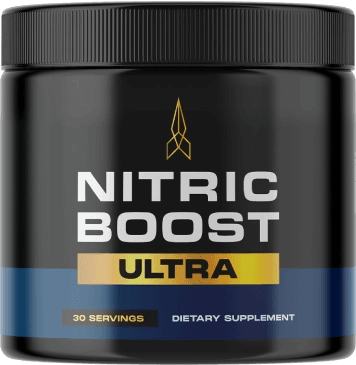When it comes to exercise, cardiovascular training and high-intensity interval training (HIIT) are two of the most popular choices — but they serve different purposes and offer distinct benefits. Understanding the differences can help you decide which one fits your goals, lifestyle, and fitness level best.
What Is Cardio?
Cardiovascular exercise, often just called “cardio,” includes activities that raise your heart rate for an extended period. Examples include jogging, cycling, swimming, brisk walking, or dancing. Cardio workouts are generally steady and moderate in intensity, usually lasting anywhere from 20 minutes to over an hour.
Benefits of Cardio
- Improves Heart and Lung Health: Steady cardio strengthens the heart muscle and enhances lung capacity.
- Boosts Endurance: Increases stamina and energy for daily activities.
- Burns Calories: Helps create a calorie deficit for fat loss when combined with a healthy diet.
- Supports Mental Health: Regular aerobic activity reduces stress and improves mood.
- Lowers Risk of Chronic Diseases: Including heart disease, stroke, and type 2 diabetes.
What Is HIIT?
High-Intensity Interval Training (HIIT) involves short bursts of intense exercise — often at 80-95% of your maximum effort — followed by brief recovery periods. For example, 30 seconds of sprinting followed by 1 minute of walking, repeated multiple times.
HIIT workouts typically last between 10 to 30 minutes and can incorporate running, cycling, bodyweight exercises, or weight training.
Benefits of HIIT
- Efficient Fat Burning: HIIT boosts metabolism and continues to burn calories even after the workout ends, known as the “afterburn effect” or excess post-exercise oxygen consumption (EPOC).
- Builds Cardiovascular Fitness Quickly: Increases aerobic and anaerobic capacity in less time than traditional cardio.
- Preserves Muscle Mass: Because of the high intensity and resistance elements often included.
- Flexible and Time-Saving: Perfect for people with busy schedules.
- Varied and Engaging: Keeps workouts interesting and challenging.
Which Should You Choose?
The choice between cardio and HIIT depends on several factors:
- Your Goals:
- For improving general endurance and heart health, steady-state cardio is excellent.
- For fat loss and improving metabolic rate quickly, HIIT is highly effective.
- Time Available:
- HIIT is ideal if you have limited time and want a quick, intense workout.
- Cardio suits those who enjoy longer sessions and steady pacing.
- Fitness Level:
- Beginners may find steady cardio more approachable and easier to sustain.
- HIIT can be modified but requires caution, especially if new to exercise or with certain health conditions.
- Enjoyment:
- The best workout is the one you enjoy and stick with. Some people love the rhythm of jogging or cycling, while others thrive on the intensity and variety of HIIT.
Can You Combine Both?
Absolutely! Many fitness experts recommend mixing steady-state cardio and HIIT throughout the week. This combination maximizes fat burning, endurance, and overall fitness while reducing boredom and risk of injury.
Sample Weekly Plan
- Monday: 30 minutes steady-state cardio (jogging, cycling)
- Wednesday: 20 minutes HIIT (sprints, bodyweight circuits)
- Friday: 40 minutes moderate cardio or active recovery (walking, swimming)
- Sunday: Optional HIIT or fun cardio activity (dance, hiking)
Safety Tips
- Warm up before and cool down after any workout.
- Listen to your body and avoid pushing through sharp pain.
- Consult a healthcare provider if you have cardiovascular issues or chronic health conditions.
- Gradually increase intensity and volume to avoid injury.




